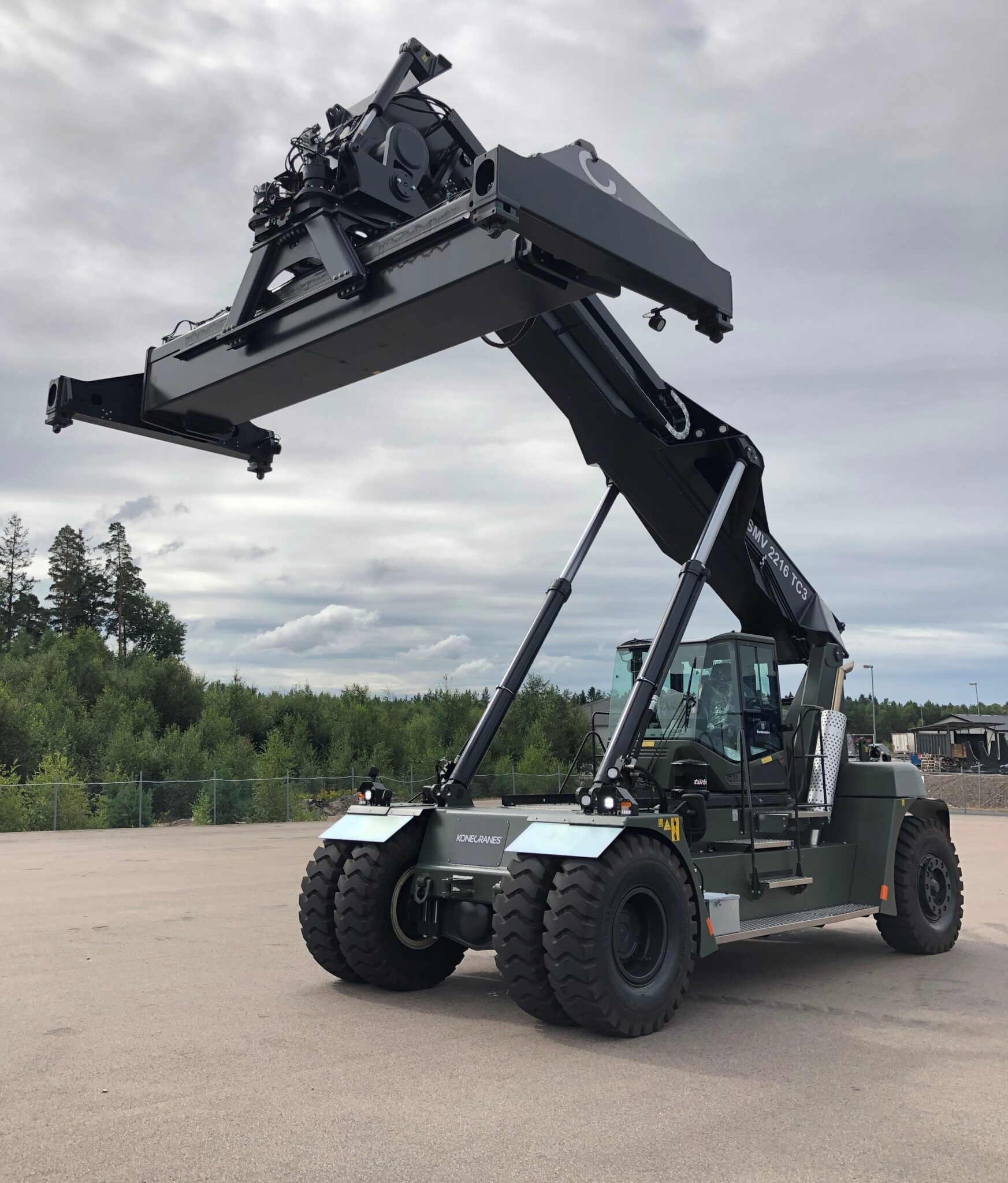Global company in barcode label printing solutions,TSC Printronix Auto ID, has announced the launch of its new Alpha-30L and Alpha-40L (pictured above) high-performance mobile printers. Both models are in keeping with current trends and complement TSCs printer line-up offering advanced productivity and management features for a premium mobile printing experience. They are powerful, efficient, user-friendly, heavy-duty, and drop-resistant.
The new high-quality models were designed to be rugged for on-the-go printing in the most demanding environments. They are IP54 rated without the aid of a protective case for dust and water resistance, reducing added weight and bulk for operational comfort. Both have been rigorously tested to withstand a 1-meter tumble and 1.8-meter drop. Protective cases are available for even further durability to withstand a 2.5-meter drop. Due to their rugged design, the printers meet military-grade standards for drop and vehicle vibration. Ideal for enterprise professionals on-the-go, the Alpha-30L and Alpha-40L support printing applications for direct store delivery (DSD), manufacturing and retail end-users.
The new models feature a smart battery management system. The batteries within the mobile printer can report the state of battery capacity, charge and history of charge cycles. These details can be reported and managed from any remote access point using SOTI Connect, as well as TSC very own remote management tool TSC Console. Paired together, these two management systems allow users to respond quickly and keep their operations running smoothly and ensure little to no downtime.
With the Apple-certified MFi Bluetooth® 5.0 connection and 802.11 a/b/g/n/ac Wi-Fi fast roaming features, the two flexible all-rounders not only provide reliable and seamless communication with users’ devices, they also securely print labels wherever they are needed. The models perform very well seamlessly moving from one access point to another. For many printer companies, this is the most difficult function for any mobile printer to accomplish.
A further advantage is that both models are also equipped with NFC tap-to-pair for easy connectivity. So, users can securely print labels wherever they need them by touching the mobile printer to another NFC-tag equipped device. Then, the two will automatically pair.
“These mobile printers are two of the most well-rounded mobile printers we have ever launched. They have more features, more communication abilities, and more integration tools than we’ve offered before”, states Sabine Mayer, Senior Marketing Manager EMEA at TSC Printronix Auto ID. And she added: ”We’re very excited about these printers helping to round out our total mobile printer family. As the sixth and seventh models in our portfolio, we now have more printers to fit more mobile printing solutions than ever before.”
Last year, TSC Printronix announced a new strategic partnership with SOTI, the world’s most trusted mobile and IoT management solutions provider. For the full story click here.






